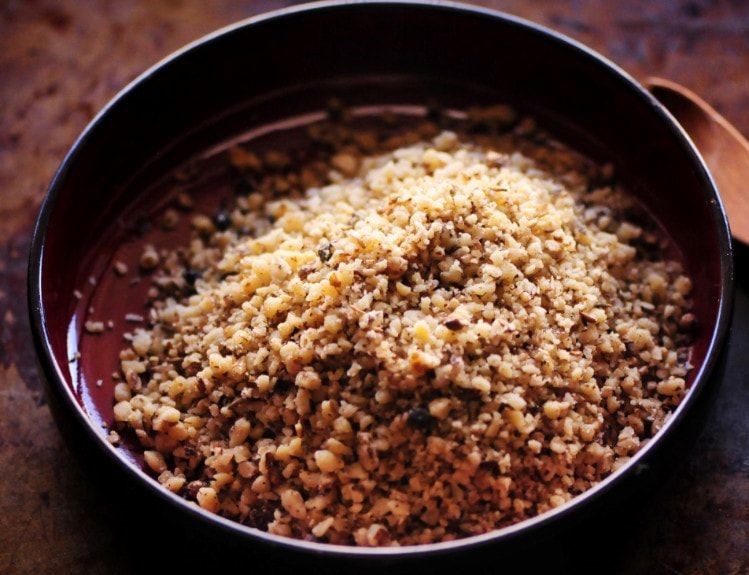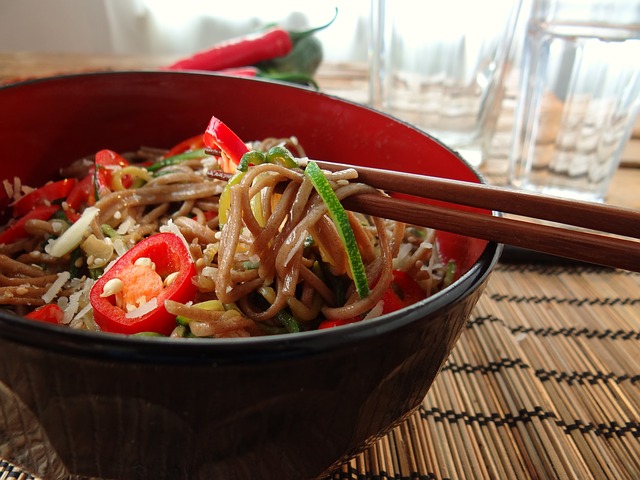Pumpkin Seeds (Pepitas)
These are shelled pumpkin seeds, and are great for many cooking purposes. They are easy to burn, so watch out, and great in sweet baked goods and in complex sauces. You can also just roast them and eat them. Choose unsalted varieties and roast them yourself at home.
Sunflower Seeds
Great for snacking (roasted and salted), but do well added to roasted vegetables too. Add to any breakfast or salad easily for texture and crunch, raw (but hulled). Trying to get the seeds out of the shells is laborious, but Turks do it as a social sport drinking tea at cafes. There’s a trick to it – watch someone do it for tips. Check the saltiness before investing.
Linseeds/Flax Seed
Great for blending and grinding into dishes for texture and flavour. Careful though – too much and you’ll make your food taste fishy or a bit off.
Poppy Seeds
There are white and blue poppy seeds, with both having much the same flavour and texture. They are found dried, and have a mild, sweet aroma that is more pronounced when cooking or baking. The flavour is mild until it’s heated, then it becomes nutty with sweet and spicy undertones. Avoid trying to grind poppy seeds – they are very difficult to grind up without a special poppy grinder, so first gently roast them, then use a mortar and pestle.
Use whole or crushed in cooking and baking. When using in raw foods (salads) roast them slightly, to bring out their flavour and aroma. When using in baking, set them in boiling water and allow to sit for one to three hours before grinding.
Sesame Seeds
Small but very tasty, especially when toasted. Adds texture to salads, baking, sushi, and breads, and also make up the base of tahini. They come in black and white varieties, with the black simply meaning the sesame still has its shell on. Black sesame adds bitter flavours, with all sesame having a flavour boost by dry-toasting them in a pan. To toast seeds, spread on baking paper and toast in oven at 350° F until golden. Keep colour light. Sesame oil can obtain same flavours.



